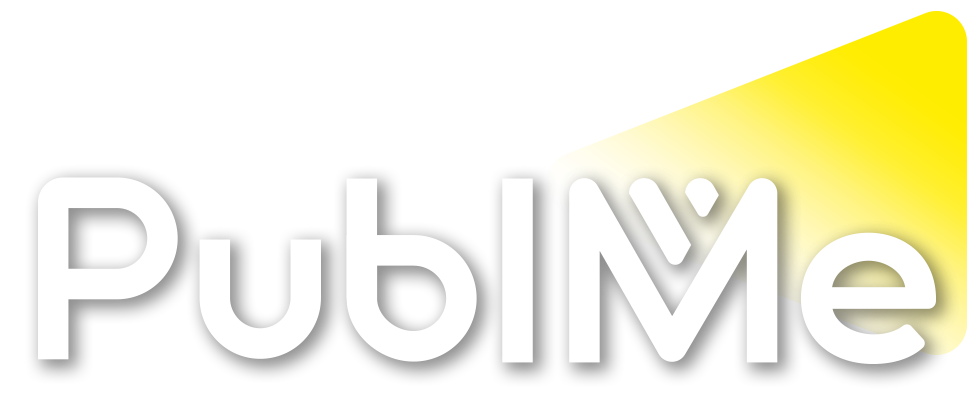Community Space Reactions
How video games inspire popular music
We take a look at a few ways video games can and have inspired popular music, examining tracks from Drake, BTS, Skrillex, and more.How Video Games Inspire Popular Music - Blog | Splice
splice.comWe take a look at a few ways video games can and have inspired popular music, examining tracks from Drake, BTS, Skrillex, and more.
Artist Manager on Release Strategy, Record Deals and the TikTok BanThis week, Ari is joined by Michele Harrison, founder of MPH Collective and artist manager
Artist Manager on Release Strategy, Record Deals and the TikTok Ban
aristake.comThis week, Ari is joined by Michele Harrison, founder of MPH Collective and artist manager
4 tips for making your own drum kits
From layering to labeling, here are four tips to keep in mind if you're interested in making your own drum kits from scratch.4 Tips for Making Your Own Drum Kits - Blog | Splice
splice.comFrom layering to labeling, here are four tips to keep in mind if you're interested in making your own drum kits from scratch.
Analog vs. digital drum sound design: The definitive guide
In this in-depth tutorial, we break down the unique workflows, benefits, and drawbacks of analog and digital drum sound design.Analog vs. Digital Drum Sound Design (2024 Guide) - Blog | Splice
splice.comIn this in-depth tutorial, we break down the unique workflows, benefits, and drawbacks of analog and digital drum sound design.
Tips on making samples from the Soul Surplus team
Soul Surplus share some tips on sample pack creation from their recent studio takeover at Drexel University.Tips on making samples from the Soul Surplus team - Blog | Splice
splice.comSoul Surplus share some tips on sample pack creation from their recent studio takeover at Drexel University.
How Spotify’s Algorithm Works (From Its Creator)This week, Ari is joined by Glenn McDonald, Spotify’s data alchemist and the creator of the music exploration site Every Noise at Once.
How Spotify’s Algorithm Works (From Its Creator)
aristake.comThis week, Ari is joined by Glenn McDonald, Spotify’s data alchemist and the creator of the music exploration site Every Noise at Once.
5 beat making apps for iOS
Let's take a look at five useful iOS apps for creators who are looking to dive deeper into the mobile beat making world.5 Beat Making Apps for iOS - Blog | Splice
splice.comInspiration doesn't stop when you're on the go. Here are five of the best beat making apps for iOS.
11 sad chord progressions you need to know (free MIDI files included)
We analyze 11 sad chord progressions and some songs they're used in to identify what makes them so effective at tugging at our heartstrings.11 Sad Chord Progressions You Need to Know - Blog | Splice
splice.comWe analyze 11 sad chord progressions and some songs they're used in to identify what makes them so effective at tugging at our heartstrings.
All His Music Got Removed From Spotify for “Fraudulent Streaming Activity” Which He Didn’t DoThis week, Ari is joined by Benn Jordan, musician, youtuber and entrepreneur, to discuss fraudulent streaming activity, the financial challenges of being an independent musician, the future of sustaining a music career, the ethics of AI in music, and the role of artists in shaping the future of music and AI.
All His Music Got Removed From Spotify for “Fraudulent Streaming Activity” Which He Didn’t Do
aristake.comThis week, Ari is joined by Benn Jordan, musician, youtuber and entrepreneur, to discuss fraudulent streaming activity.
How to make lo-fi music: Tools, theory, and techniques
Learn how to make lo-fi music via our in-depth guide that explores the style's key characteristics, music theory, and production techniques.How to Make Lo-Fi Music: Tools, Techniques, & More - Blog | Splice
splice.comLearn how to make lo-fi music via our in-depth guide that explores the style's key characteristics, music theory, and production techniques.
Make music with Analog Lab Play for your chance to win an Arturia MatrixBrute Noir ($2299 value)
Make some music with Arturia's free Analog Lab Play for a chance to win the incredibly powerful MatrixBrute Noir Edition.Make music with Analog Lab Play for your chance to win an Arturia MatrixBrute Noir ($2299 value) - Blog | Splice
splice.comMake some music with Arturia's free Analog Lab Play for a chance to win the incredibly powerful MatrixBrute Noir Edition.
The best mobile music production apps and gear (2024)
We showcase the top mobile apps and portable electronic instruments that will help you bring your best ideas to life in 2024—even when you're not in the studio.The Best Mobile Music Production Apps & Gear - Blog | Splice
splice.comWe showcase the top mobile apps and portable electronic instruments that will help you bring your best ideas to life in 2024 and beyond.
How to choose a DAW as a beginner
In this in-depth guide, we break down how to choose a DAW as a beginner that's best for you, covering everything from budget to unique features and more.How to Choose a DAW as a Beginner (2024 Guide) - Blog | Splice
splice.comHere's an in-depth guide for how to choose a DAW as a beginner that's best for you, covering everything from budget to unique features.
Pitch correction basics in Melodyne Essential. #musicproduction #Editing #vocals
Mixing SZA, Engineering Bob Dylan, Collaborating with Rick RubinThis week, Ari is joined by grammy nominated engineer and producer Dana Nielsen, to discuss his career journey, collaborating with award winning artists, and making it as a mix engineer.
Mixing SZA, Engineering Bob Dylan, Collaborating with Rick Rubin
aristake.comThis week, Ari is joined by grammy nominated engineer and producer Dana Nielsen, to discuss his career journey, collaborating with award win


